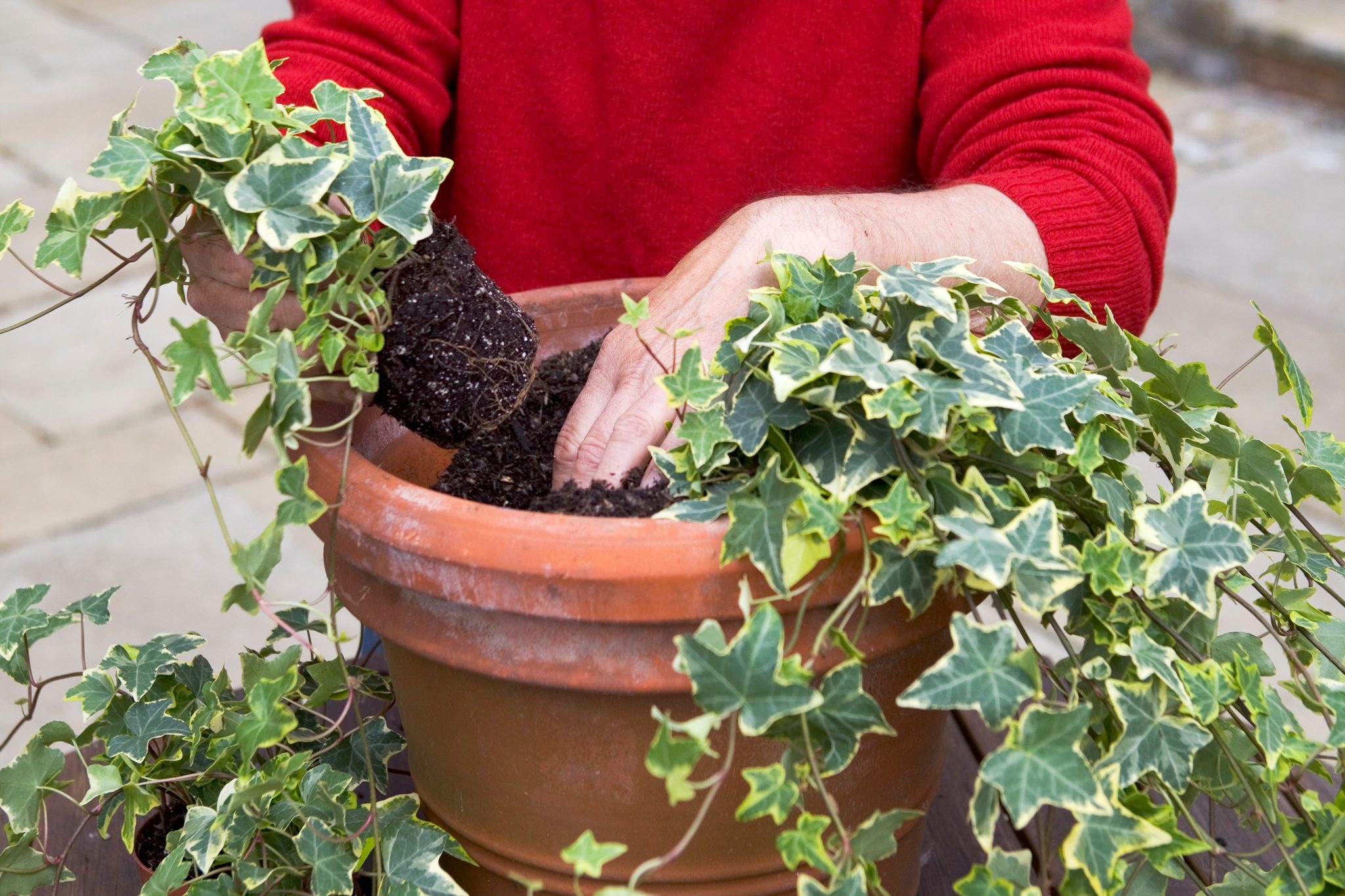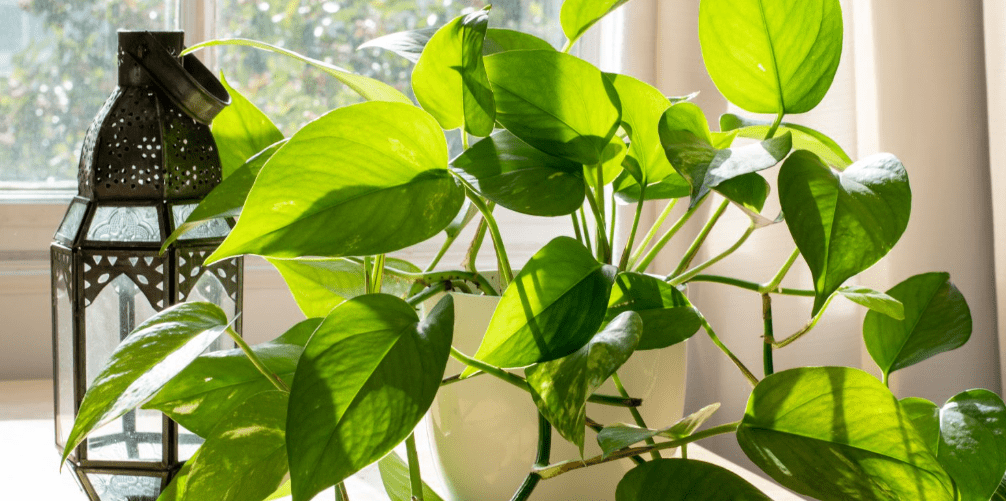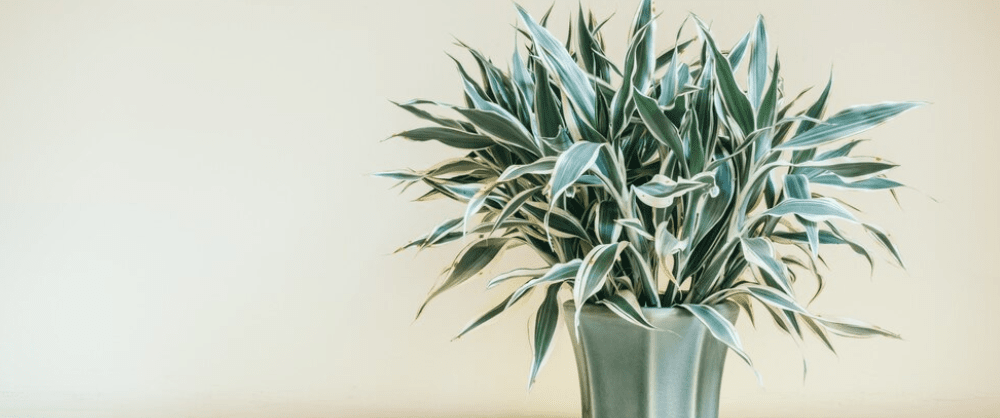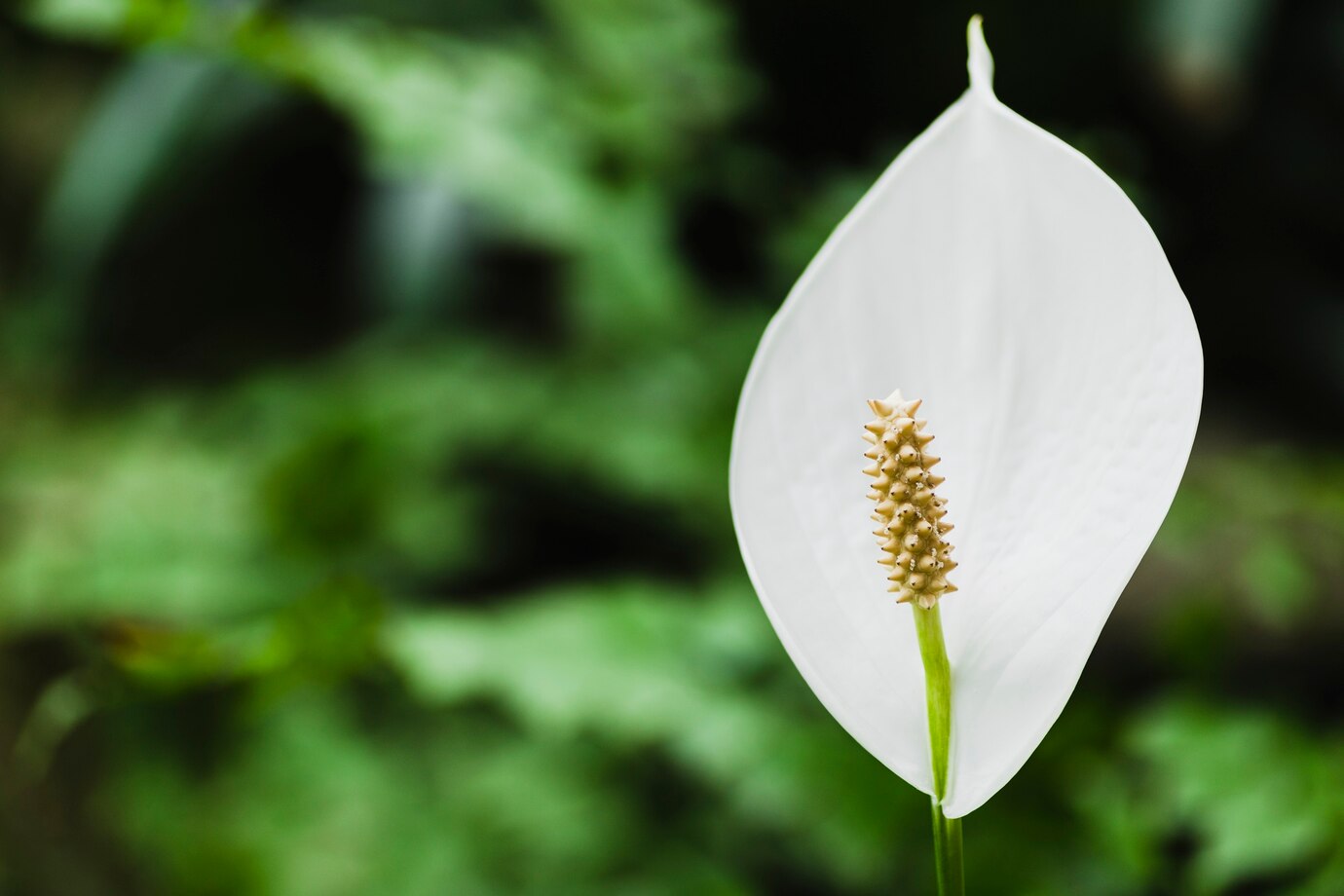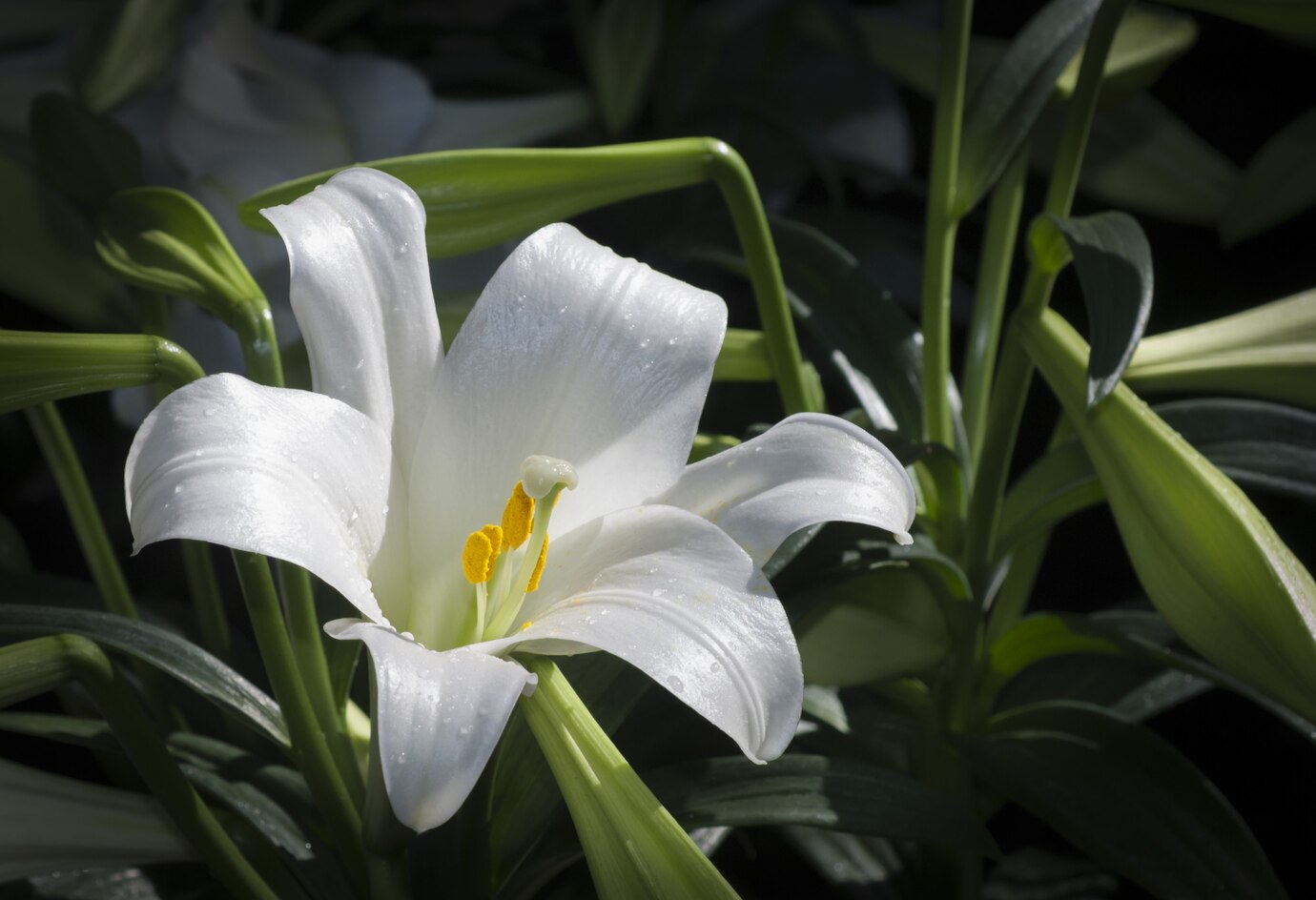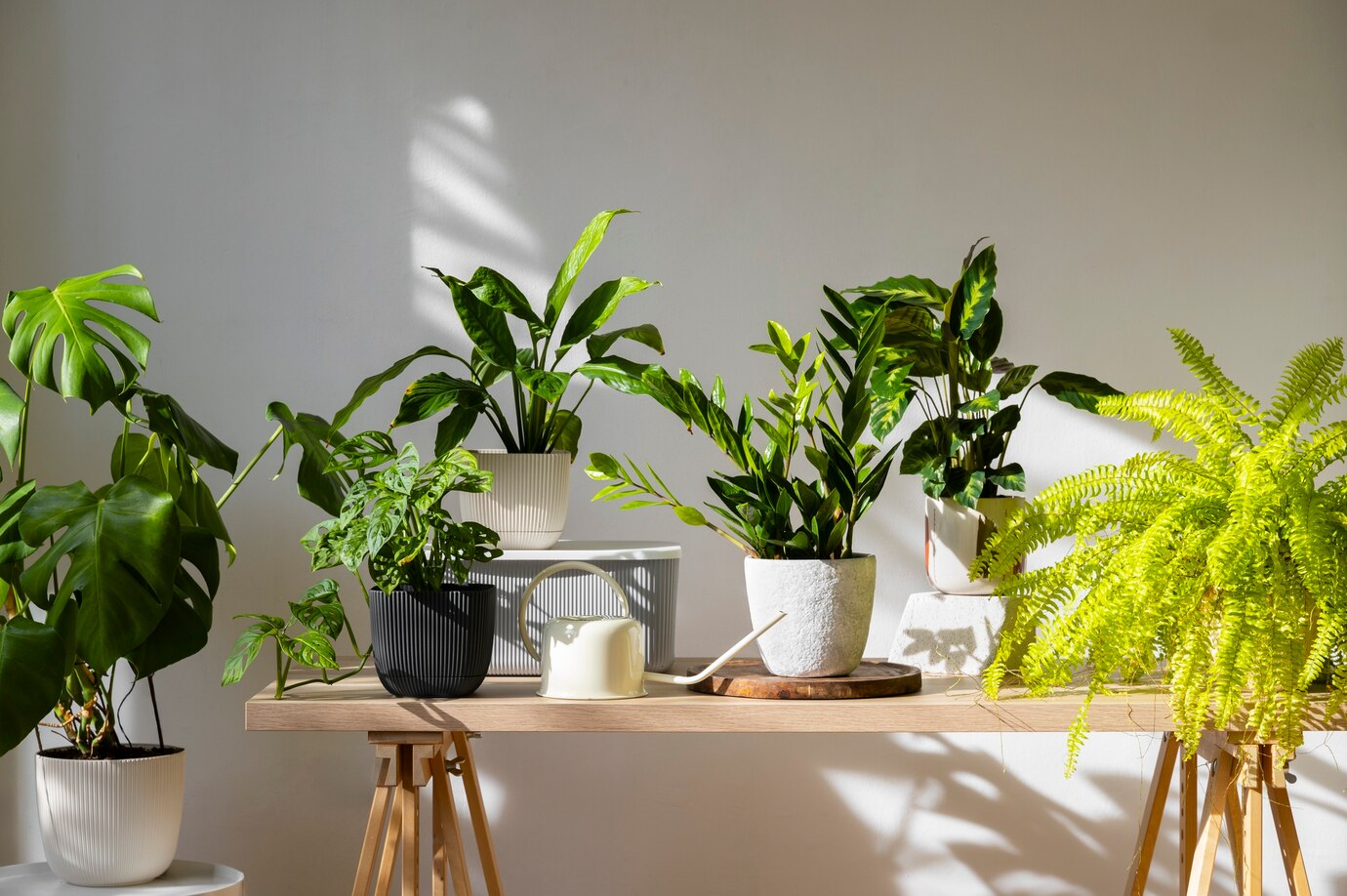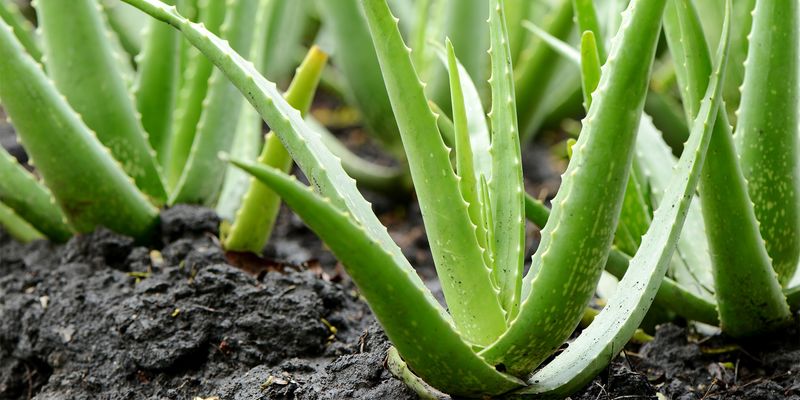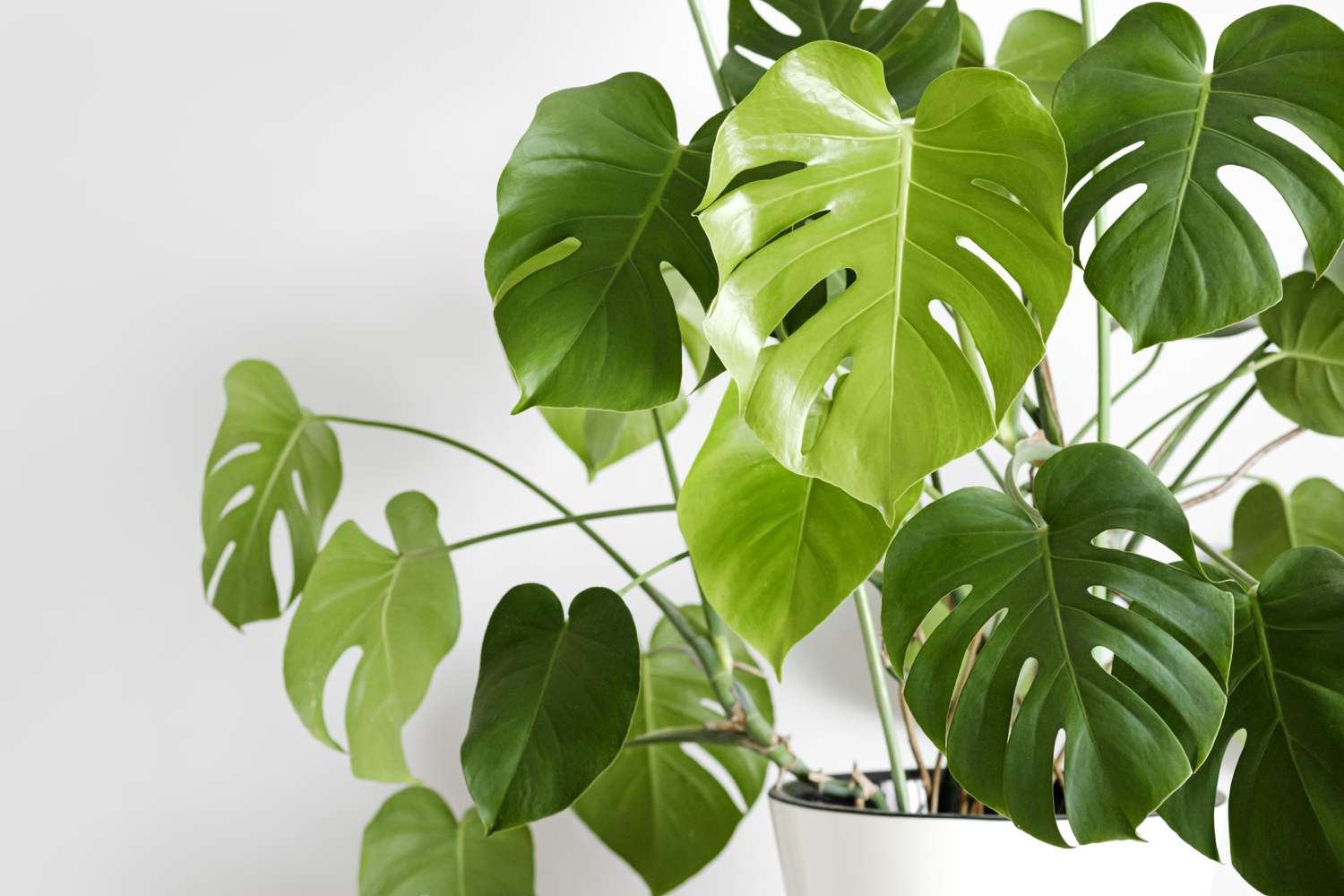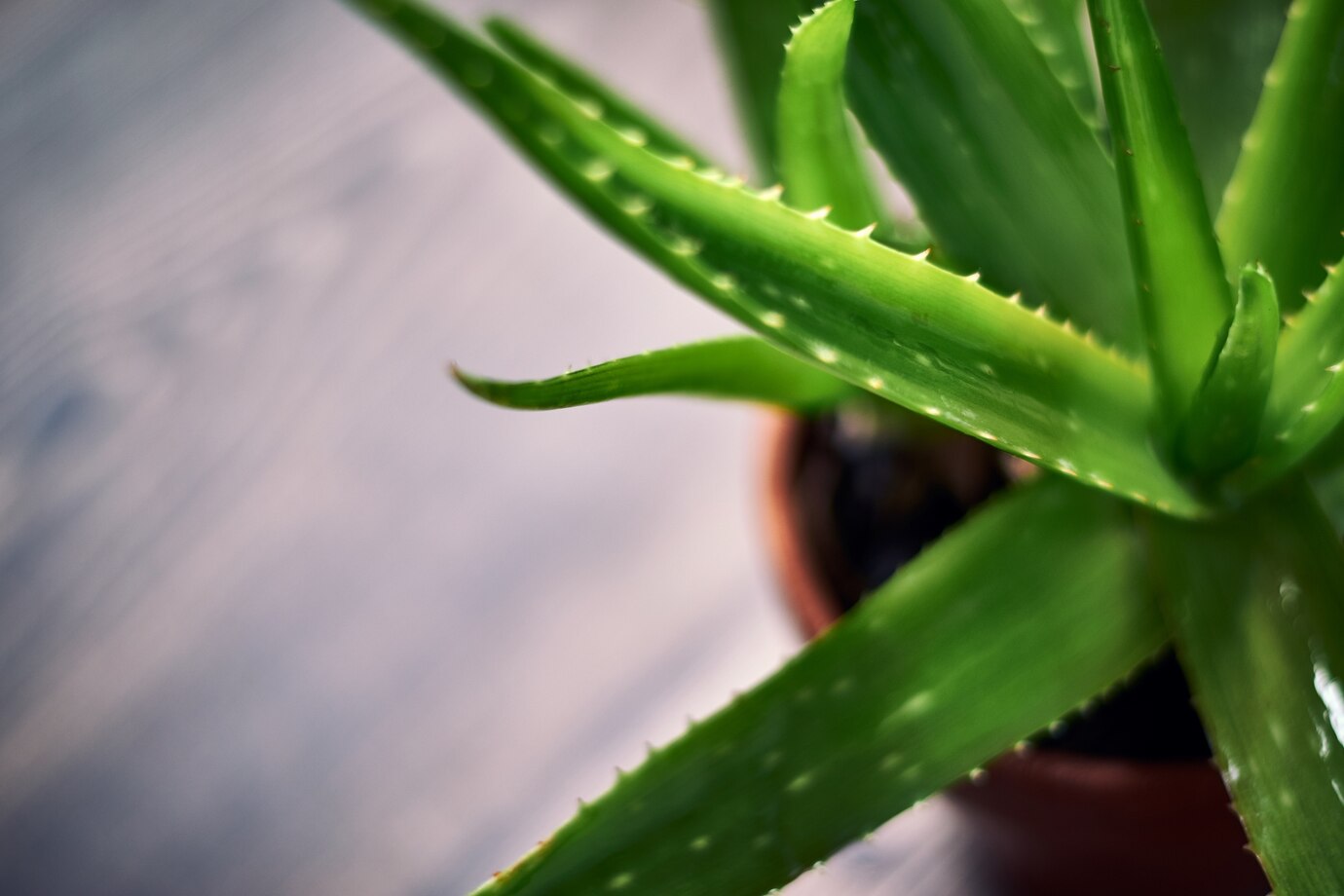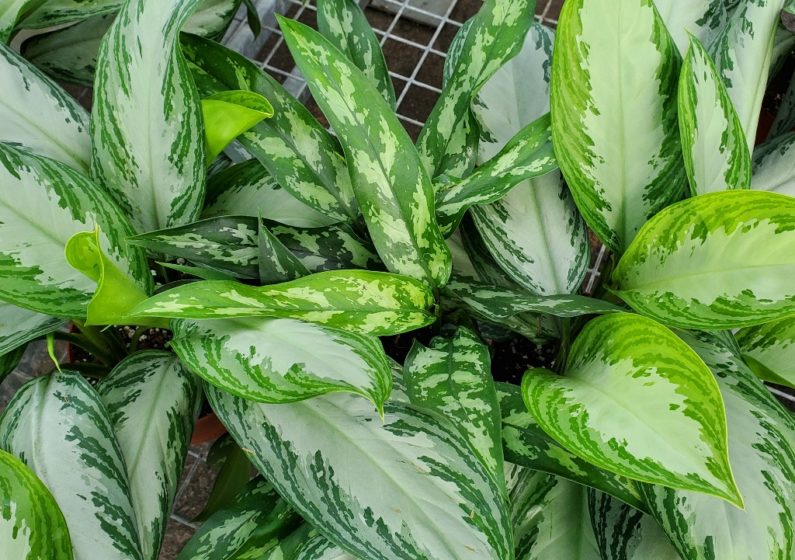English ivy (Hedera helix) is a hardy, evergreen perennial and woody vine. It can serve as a ground cover. It spreads horizontally, but it’s also a climber. Because of its aerial rootlets, English ivy can climb up to 80 feet high.
While the plant eventually produces small, greenish flowers, it’s primarily valued for its evergreen leaves, which make it a popular foliage plant. Spring is the ideal time to plant English ivy. It grows quickly and aggressively and is considered invasive in many areas. Be cautious around children and pets, as English ivy is toxic to humans and animals.
Is English Ivy Poisonous?
English ivy is often mistaken for poison ivy (Toxicodendron radicans), a native North American climber unrelated to English ivy. While English ivy sap is only mildly poisonous, it can irritate the skin and cause stomach upset if ingested. To stay safe, wear gloves when handling English ivy, and avoid eating it.
Is English Ivy Invasive?
English ivy is a tough plant that thrives in almost any environment. It has become an invasive non-native species in some areas, including the United States and Canada. While it’s earned a reputation for being invasive in these regions, this isn’t the case in its native Britain and Europe.
English ivy can grow up trees without causing harm. It’s not parasitic, so it doesn’t damage its host.
In fact, English ivy keeps buildings warmer in the winter and cooler in the summer. However, many people worry about its impact on their homes. While the aerial roots don’t damage buildings, they can slip into cracks in old or damaged brickwork or masonry. Trimming the ivy regularly is essential to prevent it from blocking gutters.
If English ivy has become a problem on your property and you want to remove it, start by severing the main stem. Allow the plant to die off naturally, then gently pull it from the wall. Remember that English ivy can help protect walls, so removing it might cause some damage. Some aerial roots may remain, but you can remove them with a stiff brush. Ivy is difficult to kill with weedkiller because its glossy leaves prevent chemicals from penetrating, and such treatments can harm wildlife.
How to Grow English Ivy
English ivy grows well in any type of soil, whether in sun or shade. It doesn’t require regular pruning, but you can trim any excess growth, preferably in the spring.
Where to Grow English Ivy
English ivy thrives in sun, shade, and any soil which is not waterlogged or highly acidic.
Vigorous cultivars with large leaves can quickly cover unsightly areas, while variegated varieties add brightness to shady spots. It also works well as ground cover in dry, shaded areas.
When growing English ivy as a houseplant, place it in a bright, cool spot, but keep it out of direct sunlight. It’s ideal for fabulous porches, unheated conservatories, or drafty hallways.
How to Plant English Ivy
Plant English ivy in a hole that matches the depth of the rootball, and water it in thoroughly.
If you’re wondering how to grow English ivy, remember that its a self-clinging plant. It attaches to its support using tiny adventitious roots that grow along the stems. As a result, it doesn’t require training along wires for support.
How to Care for English Ivy
Watering
Keep the soil consistently moist when the plant is growing, but once settled, it becomes drought-tolerant. Water when the top inch of soil is dry, allowing any excess to drain away.
Feeding
There’s no need to feed English ivy when it’s growing. But once established, feed it monthly during spring and summer.
Pruning
Pruning isn’t necessary for ivy, but you can trim back any excess growth at any time of the year, with mid-spring being the ideal time. If your English ivy is overgrown, prune it back in early spring.
Common Pests & Plant Diseases
English ivy can attract aphids, spider mites, mealybugs, and other pests, which can usually be washed off with water or controlled with neem oil or insecticidal soap. A homemade solution for aphids is to spray the leaves with a blend of water and dish soap.
Bacterial leaf spot and root rot are diseases that affect ivy. Leaf spots appear as black or dark brown spots on the foliage. The best solution is to remove the affected plants. To protect any remaining plants, spray them with a 10-to-1 mixture of water and vinegar.
Root rot, typically caused by warm, humid conditions, can be fatal. As with leaf spot, removal is the most effective remedy. For the unaffected plants, use fungicide for added protection.

